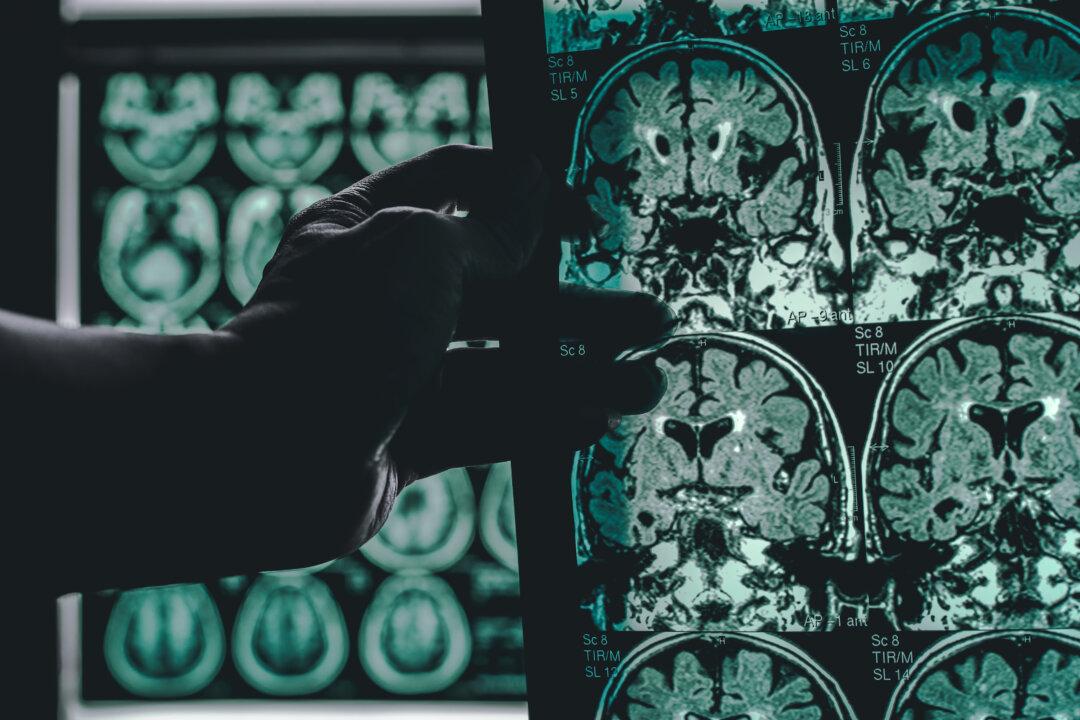An algorithm is now able to diagnose Alzheimer’s from a single brain scan, according to a UK study. The modeling can even diagnose individuals at an early stage of the disease, normally a difficult task.
“Currently no other simple and widely available methods can predict Alzheimer’s disease with this level of accuracy, so our research is an important step forward,” said lead researcher Prof. Eric Aboagye in a media release.






